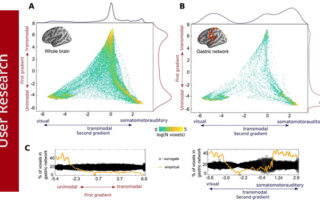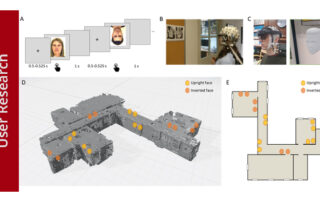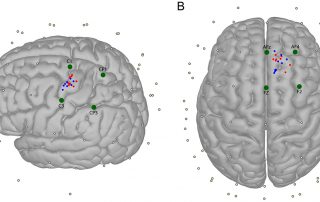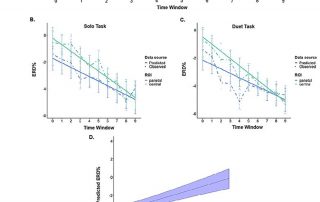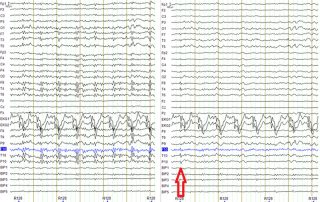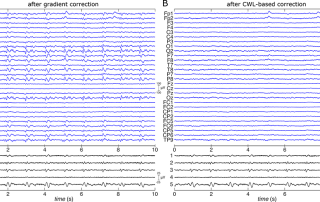Combining mobile EEG and immersive VR to increase ecological validity in emotion research
Research on emotions often has low ecological validity, since participants view stimuli that should induce emotional states, but they do not experience real emotions in most experiments. We combined mobile EEG with an immersive fear of heights paradigm in VR to assess EEG correlates of fear with high ecological validity.



